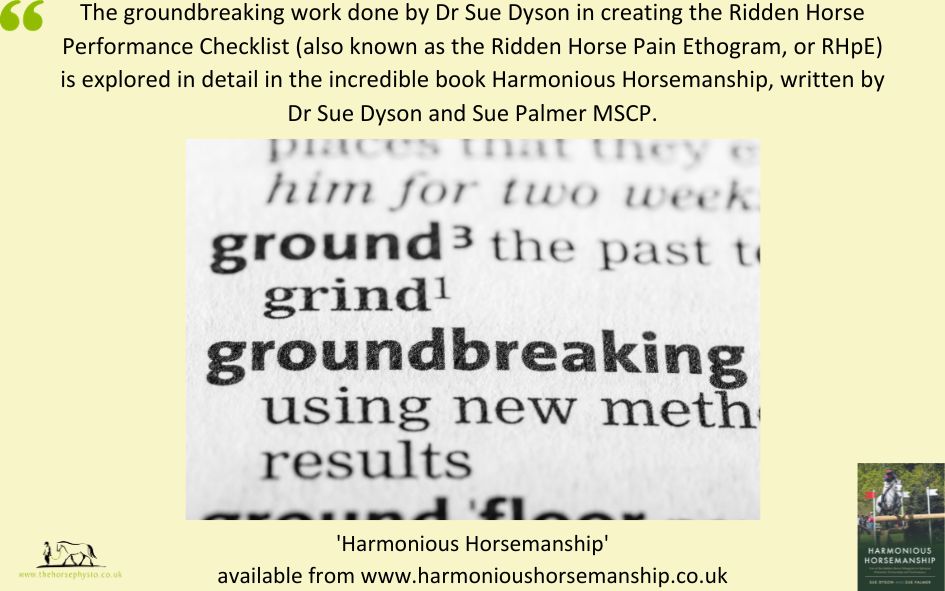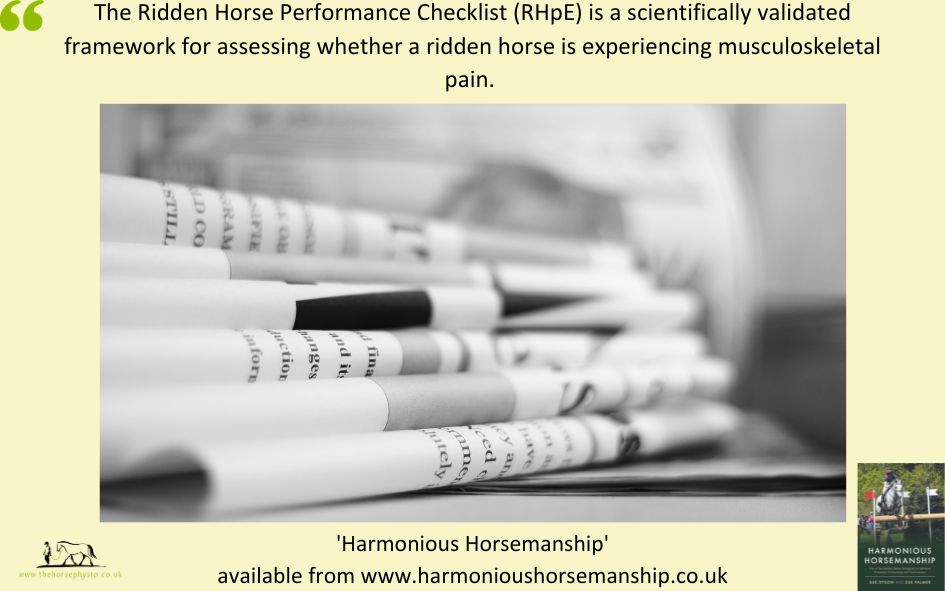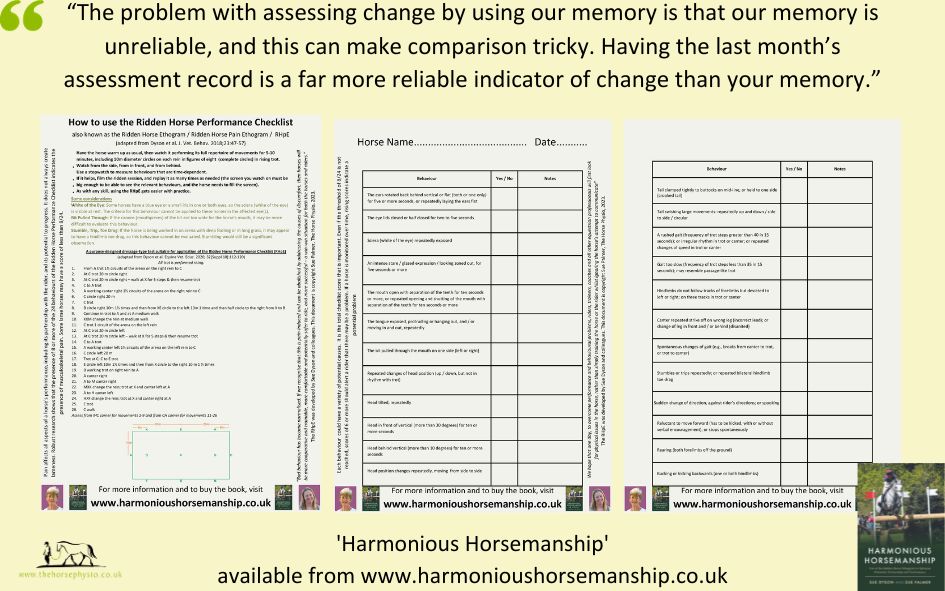“But he’s not lame…”
Acute lameness can be easy to spot. We have all gone to the field to catch our horses, finding them standing sadly, resting a leg, and then watching as they hop across the field. With this type of presentation, it is evident that your horse is in pain. The problem comes when the horse is not lame, or even mildly lame, or lame on more than one leg; at this point, it is not visually apparent what is happening. We need to look harder when we don’t have obvious visual cues for discomfort. Sadly, other visual clues towards discomfort are commonly and historically labelled as “behaviour”. A horse putting his ears back when being girthed is often referred to as grumpy, a horse that is reluctant to canter is labelled lazy, and a horse that repeatedly bucks or rears is condemned as dangerous – but these behaviours are communication and information, as is the head nod from the lame horse. Yet, we don’t read them in the same way. Much of this is from historical responses and old lessons, but we need to learn to look at things in a new way with all the knowledge we have now. The groundbreaking work done by Dr Sue Dyson in creating the Ridden Horse Performance Checklist (also known as the Ridden Horse Pain Ethogram, or RHpE) is explored in detail in the incredible book Harmonious Horsemanship, written by Dr Sue Dyson and Sue Palmer MSCP.
How does the Ridden Horse Performance Checklist (RHpE) work?
The Ridden Horse Performance Checklist (RHpE) is a scientifically validated framework for assessing whether a ridden horse is experiencing musculoskeletal pain. There are 24 behaviours included in the ethogram, and if a horse scores eight or more out of the 24, he is likely in pain. The RHpE was developed by assessing behaviour in ridden horses, analysing the behaviour, and cross-examining the behaviour and the horse’s health. The book Harmonious Horsemanship explains how to use the RHpE on your horses in detail.
How do I use the Ridden Horse Performance Checklist (RHpE)?
The best way to use the Ridden Horse Performance Checklist (RHpE) is to ask someone to video your horse while you are riding him. You can then watch the video back and pause to examine angles and alignments. By carefully looking at the video and comparing it against the 24 behaviours, you can score your horse for each.
Watch, record, repeat.
One of the crucial factors in using the Ridden Horse Performance Checklist (RHpE) is to do it regularly. A one-off RHpE score is helpful, but a history of score change can be even more informative. You may be unconcerned if you score your horse as a four, but you see a change if your horse generally scores a two and suddenly scores a four, which puts you in a position to catch any issue early. We are looking at both the individual score and any changes over time. Equally, if your horse is usually on a seven, yet the week after his physio, he is on a three, we can see the treatment’s effect. This may lead us to increase the frequency of the treatment, which could help prevent a problem from developing over time. Collating data about your horse gives you evidence to show professionals that there are unexplained changes in your horse’s behaviour. Many professionals have scientific backgrounds and will welcome hard data over vague comments about “he seems to have changed.” The problem with assessing change by using our memory is that our memory is unreliable, and this can make comparison tricky. Having the last month’s assessment record is a far more reliable indicator of change than your memory. This said, it is always important to listen to your instincts. You know your horse, and if you think there is a problem, persevere to investigate and resolve it.
Learn more about the RHpE
The book Harmonious Horsemanship was written to give horse owners and horse lovers an insight into how the Ridden Horse Performance Checklist (RHpE) was developed, real-life case studies, and detailed descriptions of how to use the RHpE. The website Harmonious Horsemanship not only sells the book but is also packed with valuable articles and resources to help you get the best out of the Ridden Horse Performance Checklist (RHpE). Learning how to use the RHpE will give you a lifelong resource to help improve your horse’s quality of life and your relationship together. Everyone can use the Ridden Horse Performance Checklist (RHpE), whether you enjoy hacking your horse on weekends or competing at a high level; if you ride horses, then the Ridden Horse Performance Checklist (RHpE) is for you. Our responsibility as horse owners and lovers is to listen to what the horses tell us, and the Ridden Horse Performance Checklist (RHpE) gives us a framework to do just this.



